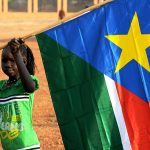When people think about North Korea, they usually focus on its politics, its leader, or its nuclear weapons. But one of the most commonly searched questions on the internet is surprisingly simple: how big is North Korea? Well, let’s dive into the geography of the DPRK and see how it compares to its southern neighbour, a potential unified Korea, and even the Korea of old.
Table of Contents
How Big is North Korea?
North Korea covers an area of about 120,540 square kilometers (46,540 square miles), making it roughly the same size as Pennsylvania or a little larger than Portugal. In Asian terms, it’s significantly smaller than Japan but larger than Taiwan. It stretches from the Yalu River on the Chinese border all the way down to the Korean Demilitarized Zone (DMZ), which separates it from South Korea.
Despite its relatively compact size, North Korea is geographically diverse. The country is dominated by mountains, with about 80% of its land covered in rugged terrain, making large-scale agriculture a challenge. The highest peak, Mount Paektu, stands at 2,744 meters (9,003 feet) and is considered a sacred site in Korean history. The country also has a lengthy coastline, stretching 2,495 kilometers (1,550 miles) along the Yellow Sea and the East Sea (or Sea of Japan depending on who you ask).
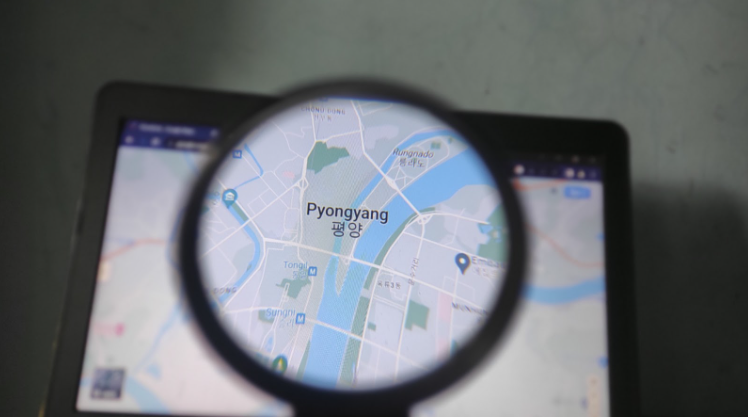
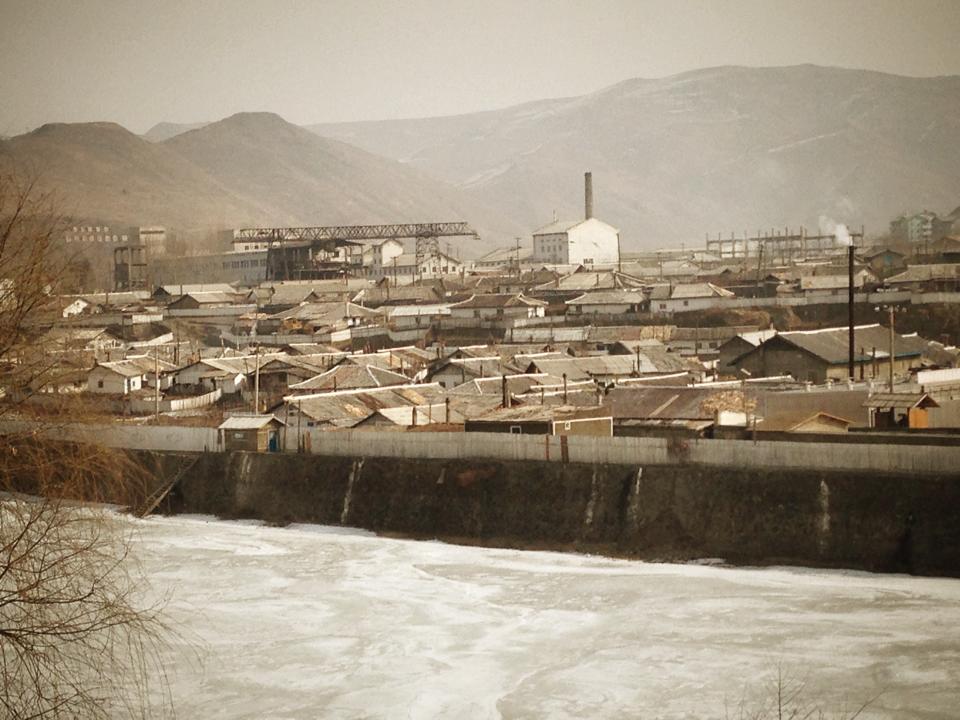
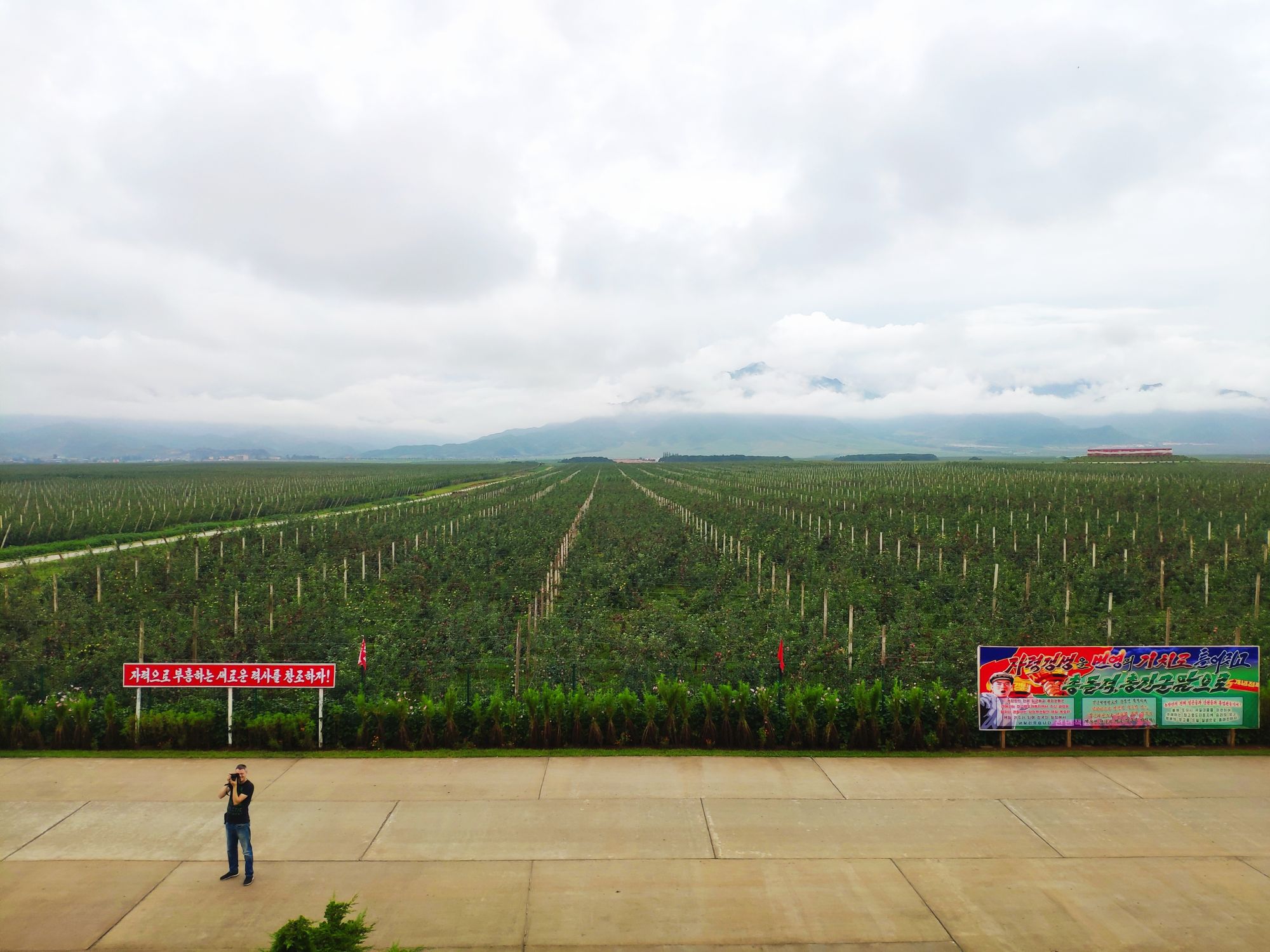
How Big is South Korea?
South Korea is slightly smaller than its northern counterpart, covering 100,210 square kilometers (38,690 square miles). That makes it about the size of Iceland or slightly smaller than the U.S. state of Kentucky. However, what South Korea lacks in size, it makes up for in economic power and urban density. Seoul alone is home to over 9 million people, with the greater metropolitan area housing nearly 26 million.
Unlike the rugged landscape of the North, South Korea’s terrain is more suitable for agriculture and development.
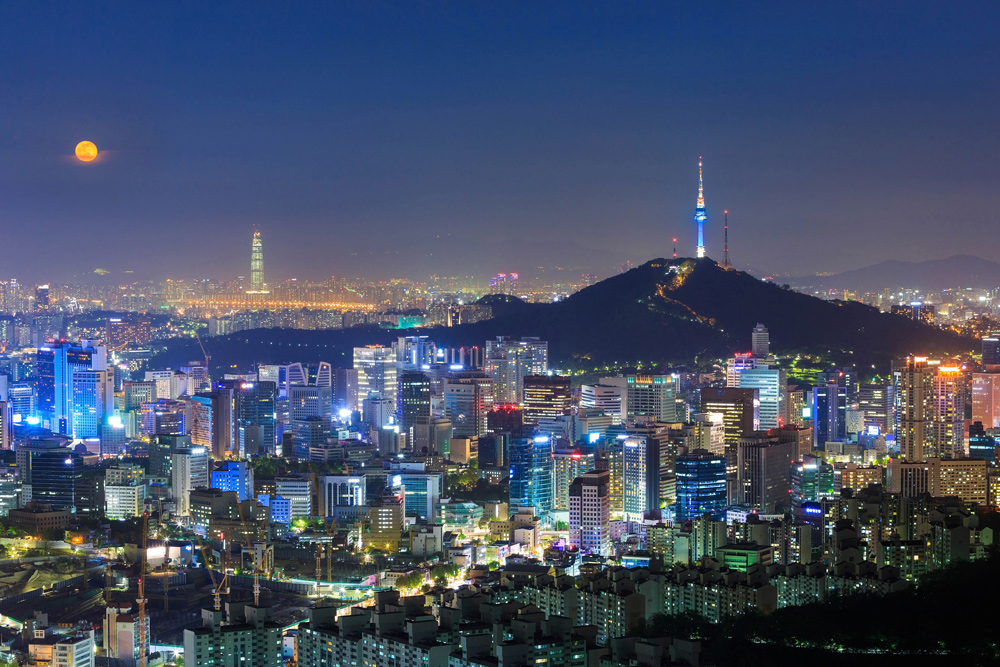
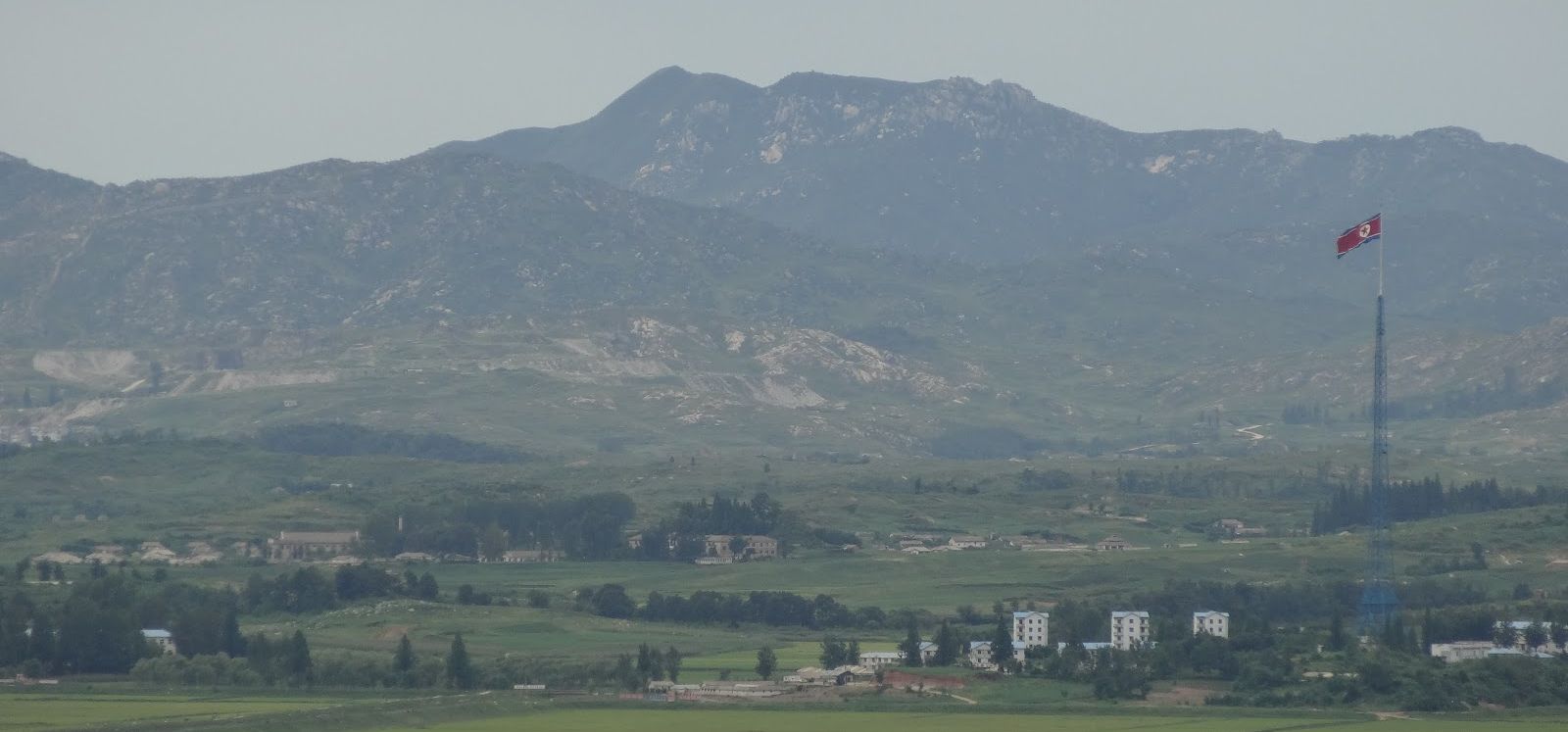
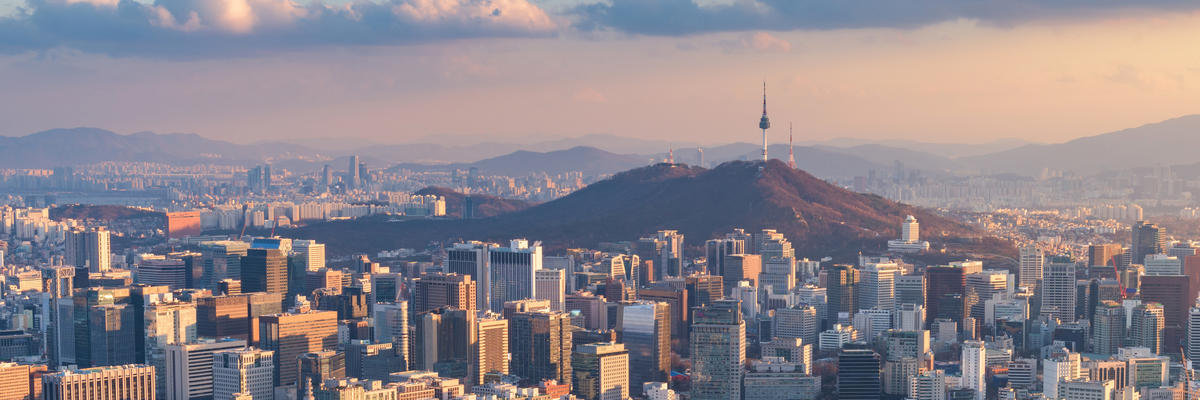
How Big is Korea if Reunified?
If North and South Korea were to reunify, the total land area would be about 220,750 square kilometres (85,230 square miles), making it slightly smaller than the United Kingdom and just a bit bigger than Romania. A unified Korea would have a population exceeding 77 million people, making it one of the most populous nations in Asia.
Geographically, it would have the best of both worlds – North Korea’s natural resources and undeveloped land combined with South Korea’s advanced infrastructure and more arable farmland. However, as things stand reunification is not currently on the agenda.
How Big Was Historical Korea?
Before the division of Korea in 1945, the Korean Peninsula was a single entity. But if we go back even further, Korea once controlled additional territories, including parts of what is now northeast China and even parts of the Russian Far East. During the time of the Goguryeo Kingdom (37 BC–668 AD), Korea’s influence extended deep into modern-day Manchuria, covering an area far larger than both North and South Korea combined today.
While modern Korea is confined to its peninsula, historical claims to former territories occasionally resurface in nationalistic rhetoric – though in reality, the chances of Korea expanding beyond its current borders are slim to none.
Click to read about Yanji.
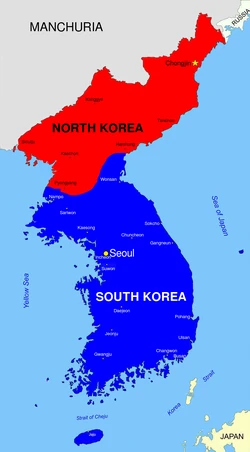
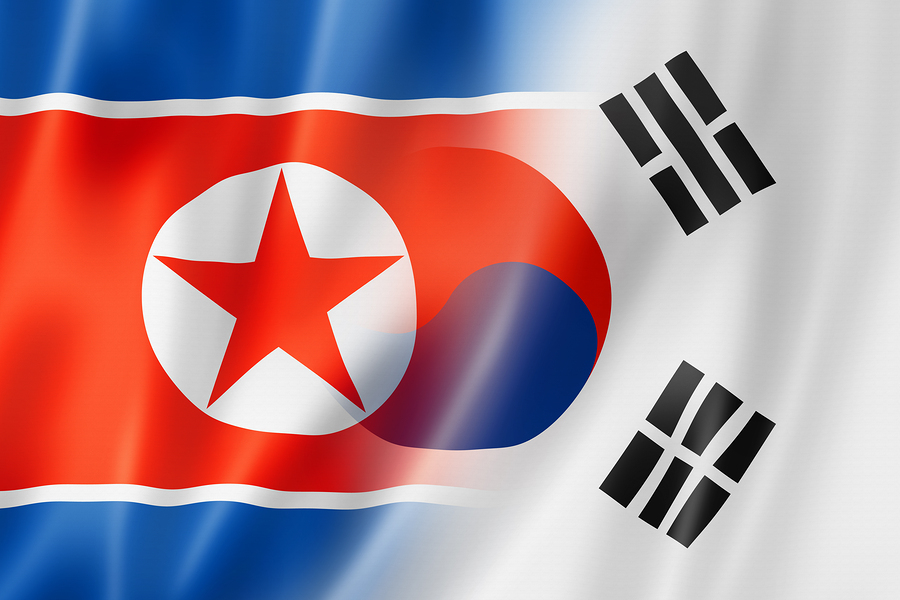
The Final Verdict
So, how big is North Korea? It’s a mid-sized country, larger than some European nations but dwarfed by its regional neighbours like China and Russia. How big is South Korea? A bit smaller than the North but with a much higher population density and economic influence. And if you put the two together? How big is Korea? Large enough to be a major regional power but still modest compared to its larger neighbours.
While we don’t know what the future holds for the Korean peninsula, one thing’s for sure—whether divided or unified, Korea remains one of the most fascinating regions in the world.
Click to check our South and North Korean Tours.



